There has never been war here, not even during the war. The landscape is flat, there are hardly any forests, just wide fields. Farmers drive around in their tractors. No enemy has ever invaded here, apart from the Germans, who occupied mainly the big cities. Wouldn't this be a good place to exhibit the dogs of war? And to show people today how thin the protective layer was between them and a devastating war 40 years ago?
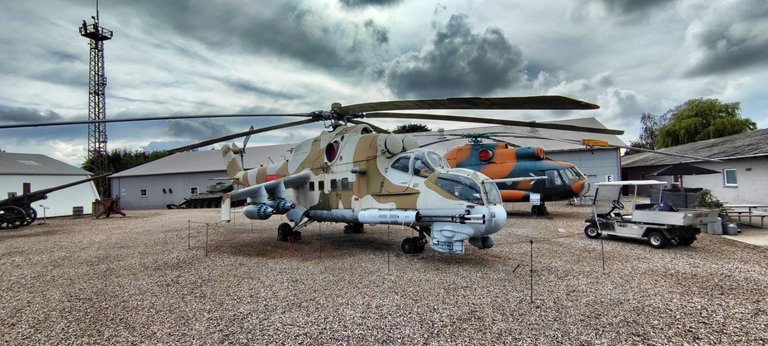 Outside the mueseum
Outside the mueseum
In the middle of the idyllic landscape of Slagelse, in the Zealand region, lies the East Tank Museum, a fascinating destination for history buffs and technology enthusiasts. A few enthusiasts founded the museum and brought here an impressive collection of military vehicles and equipment from the Cold War era.
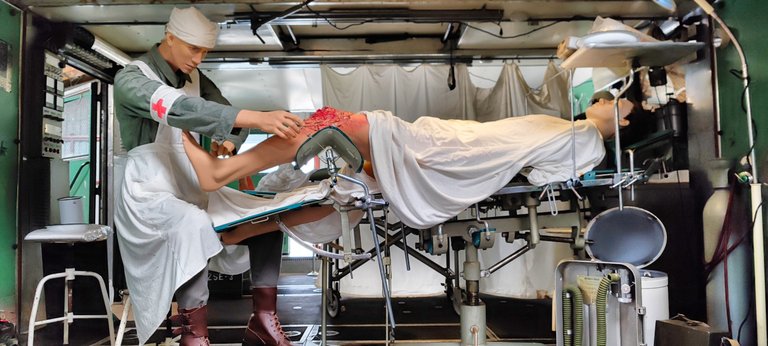 First Aid at war
First Aid at war
There are tanks, of course, but also uniforms, weapons, airplanes, an atomic bomb - without a nuclear device - helicopters and personnel carriers. The Tank Museum provides a deep insight into the military history and geopolitical tensions of the Cold War era.
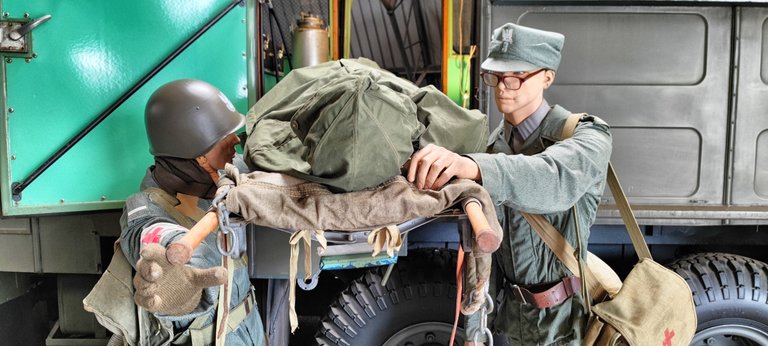 All the puppets are soldiers
All the puppets are soldiers
Arrival and first impression
The museum's extensive grounds are impressive as soon as you arrive. Surrounded by 17 hectares of beautiful parkland and plantations, the museum not only offers historical exhibits, but also a picturesque setting that invites you to linger. The entrance area is modern and the friendly staff warmly welcomes visitors. After purchasing your tickets in the museum café, which also offers snacks and drinks, the journey into the past begins.
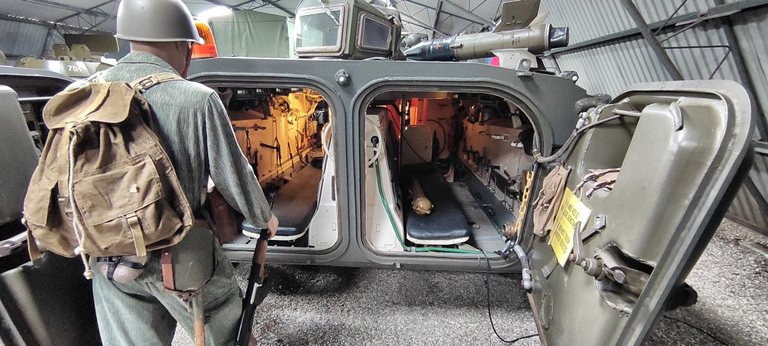 Come in and find out a ride
Come in and find out a ride
The exhibition
The heart of the museum is the 4,500 square meter halls in which over 60 restored and roadworthy tanks and special vehicles are on display. The exhibits come mainly from the armies of the socialist states and offer a comprehensive overview of the military technology of the Eastern Bloc. The Soviet tanks, armored vehicles and helicopters, which are presented in realistic scenarios, are particularly impressive.
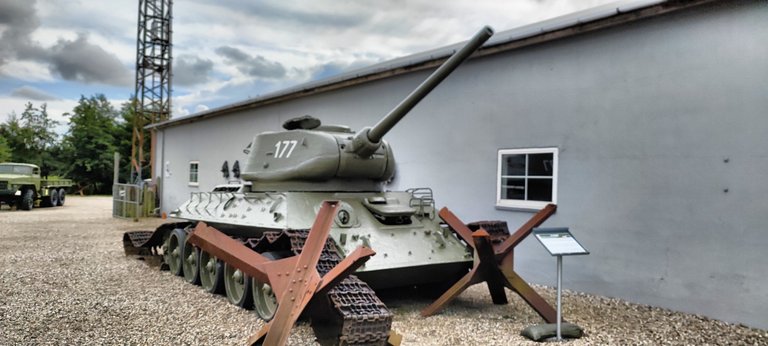 One of the soviet tanks
One of the soviet tanks
A highlight of the exhibition is the mobile field hospital, which impressively shows how medical care was organized in the event of war. The large field bakery and other logistical facilities can also be seen, providing a comprehensive insight into the military infrastructure.
 At the wardrobe
At the wardrobe
Atomic Secrets
Secrets are also revealed here. In the late 1950s, for example, the US Defense Atomic Support Agency had a plan for the use of small nuclear warheads with a limited effect. They were small and handy and were intended to prevent a nuclear retaliatory attack on the country.
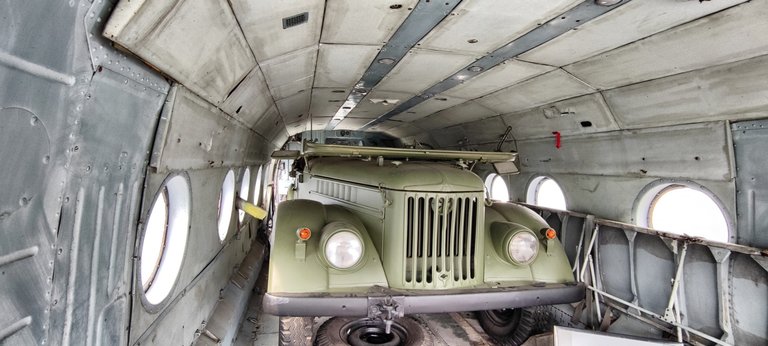 A jeep inside an airplane
A jeep inside an airplane
With an explosive force of only 16 kilotons, they were intended to hit tunnels, large bridges, mountain passes, dams, canals, ports, large railway junctions or oil plants, dams and underground storage facilities. Behind enemy lines.
 A skydiver with a backpack bomb
A skydiver with a backpack bomb
They were so-called "backpack bombs", called "pig" or "monkey" by the soldiers. Officially they were called W-54, Model 0 to 2 and W74. With a total weight of 25.5 kg, they became the main weapon of "The Green Light Teams", units of 2 to 3 men of the United States Special Operations units.
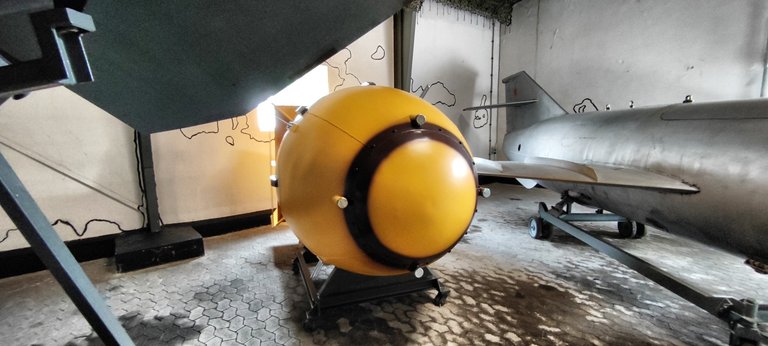 Atomic bomb
Atomic bomb
Sleeping Bombs
They were supposed to parachute from a great height with the package or swim with the bomb, stay behind enemy lines for a long time, adopt the language and habits and become bakers or craftsmen there.
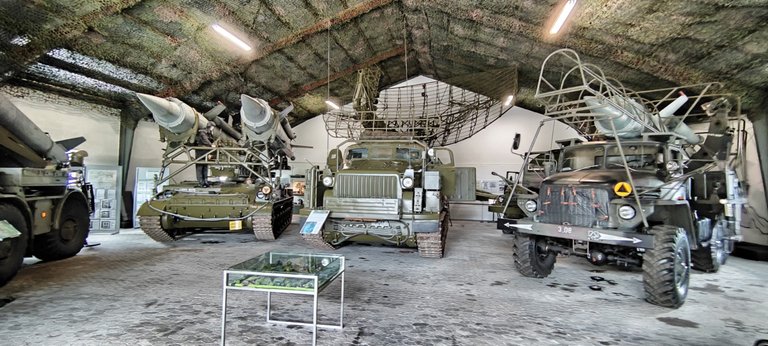 Inside the car gallery
Inside the car gallery
Top secret sleepers. Not even their families were supposed to know that they had hidden an atomic bomb somewhere. The units were first disbanded in 1989, stationed not only in the territory of the Eastern Bloc, but also in South Korea and Iran.
Their backpack bombs were never activated. The last 200 "pigs" were removed from reunified Germany in 1989 and 1990. Until then, the Germans had not even known that they existed.
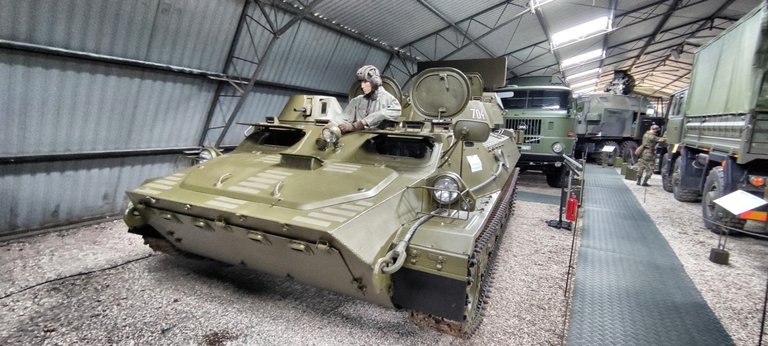 The garage
The garage
Interactive experiences
The East Tank Museum places great emphasis on interactive experiences. Visitors can take part in guided tours where experienced guides tell exciting stories and background information about the exhibits.
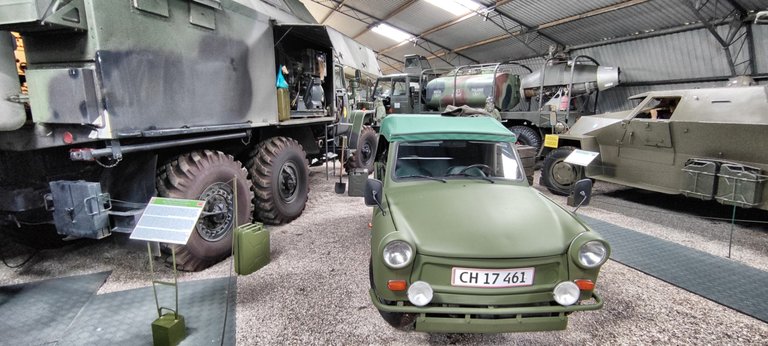 Trabant jeep (right side), made in East Germany
Trabant jeep (right side), made in East Germany
The museum is a worthwhile destination, especially for families, as there are numerous activities for children. For example, young visitors can play in a replica trench or take part in special workshops.
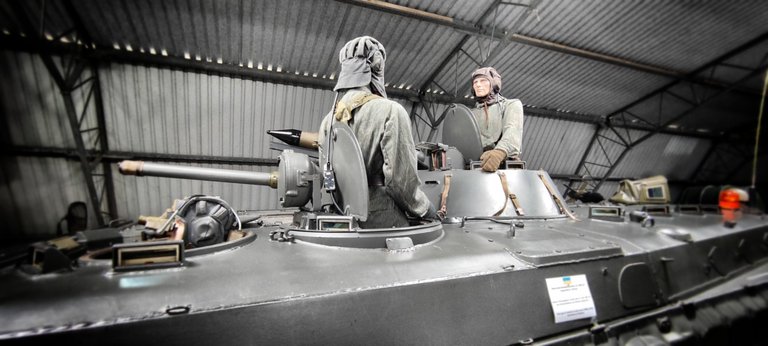 At a tank
At a tank
Historical significance and reflection
The exhibition in the East Tank Museum is thought-provoking. It shows not only the military strength of the Eastern Bloc, but also the threat posed by this power. Authentic propaganda films and written texts complement the exhibits and convey a vivid picture of the time.
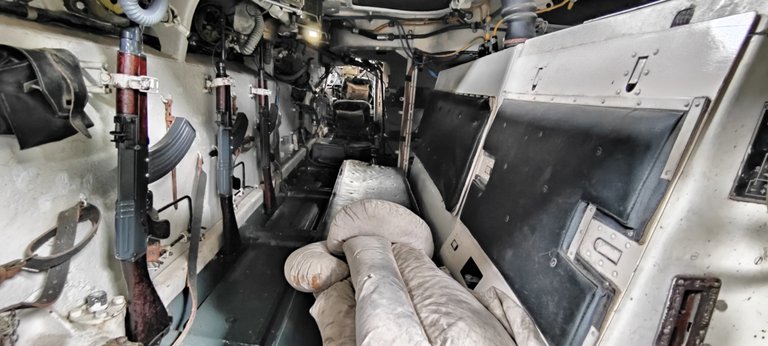 Inside the light tank
Inside the light tank
The exhibition on Denmark's civilian preparations for a possible nuclear attack is particularly impressive, showing how seriously the threat was perceived.
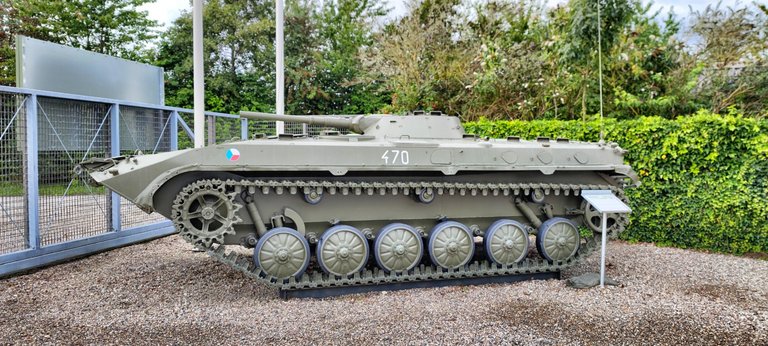 Light tank outside
Light tank outside
A day at the museum
After an extensive tour of the exhibition, a picnic in the beautiful surroundings of the museum is a good idea. At one of the six lakes or in the “field mess”, visitors can enjoy the food they have brought with them and reflect on the impressions of the day1. There is also something for everyone: various nostalgic food trucks offer a selection of food and drinks.
 Chemical warfare
Chemical warfare
Conclusion
A visit to the East Tank Museum is an unforgettable experience. It not only offers an impressive collection of military vehicles and equipment, but also an in-depth look at the history of the Cold War.
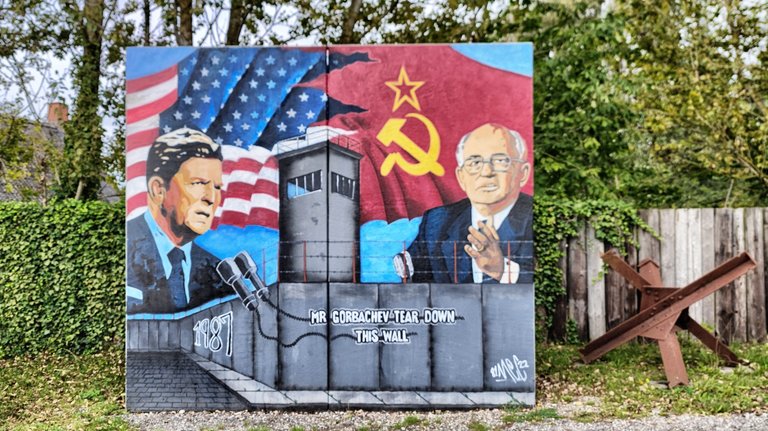 Reagan: Mr. Gorbatschow, please open this gate!
Reagan: Mr. Gorbatschow, please open this gate!
The combination of historical exhibits, interactive experiences and the beautiful surroundings make the museum an ideal destination for the whole family. Anyone interested in history and technology should not miss a visit to the East Tank Museum.
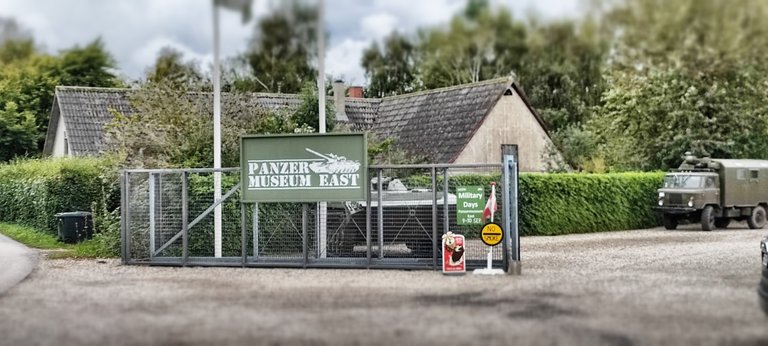 The door to the museum
The door to the museum
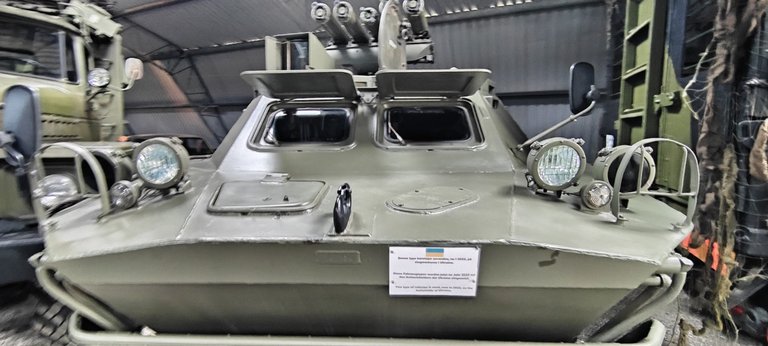 Light tank
Light tank
 Two soldiers, perplexed
Two soldiers, perplexed
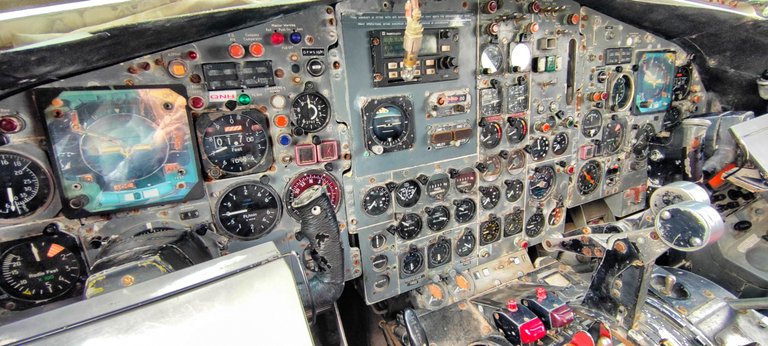 Inside one of the planes
Inside one of the planes
 The cockpit
The cockpit
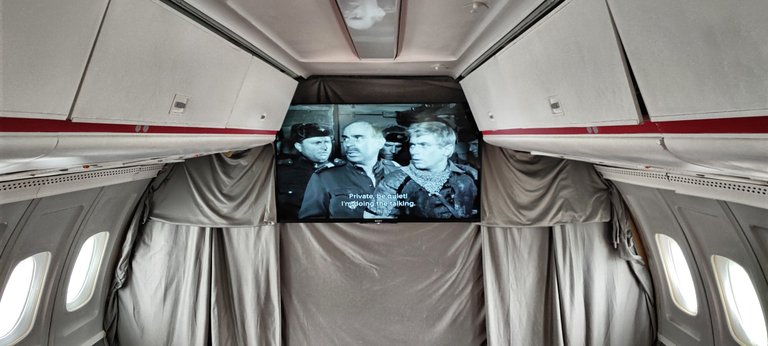 A sceen with the polish movie "Four tank soldiers and a dog"
A sceen with the polish movie "Four tank soldiers and a dog"
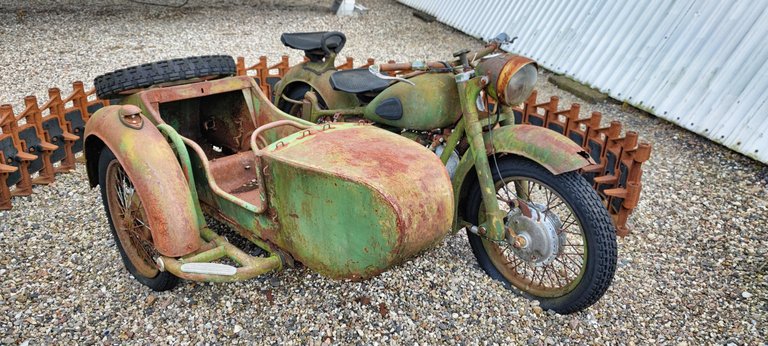 Russian motorcycle
Russian motorcycle
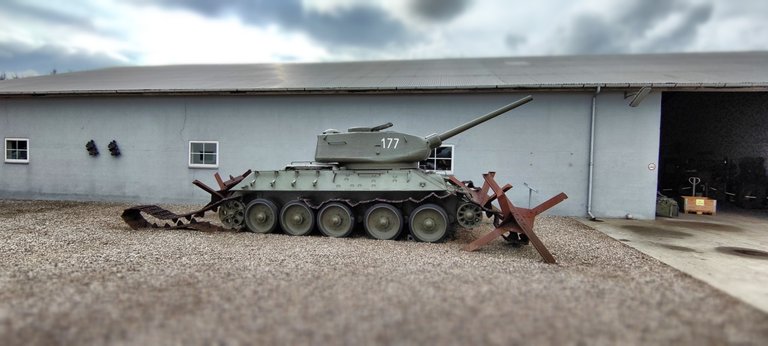 Lonely tank
Lonely tank
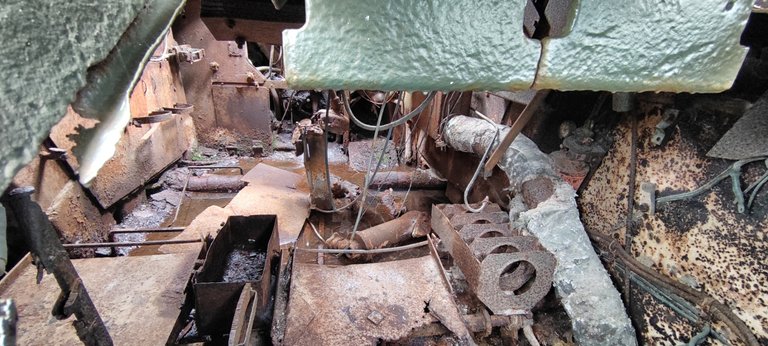 Rusty remains
Rusty remains
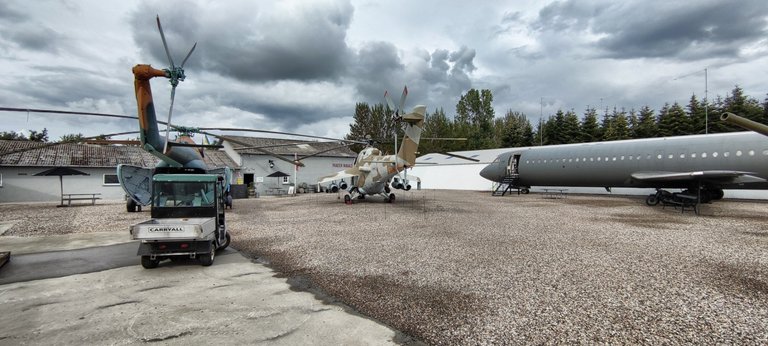 The backyard
The backyard
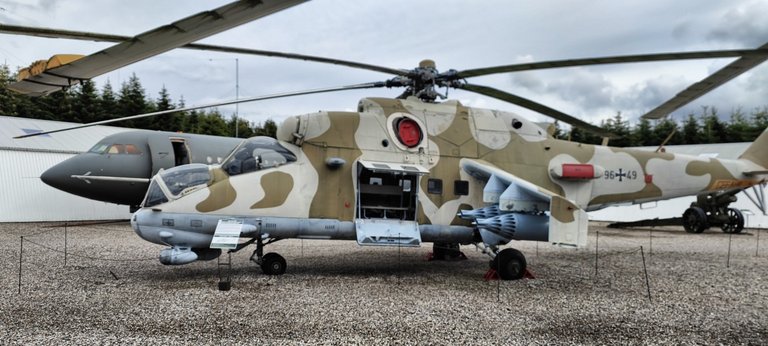 Russian helicopter
Russian helicopter
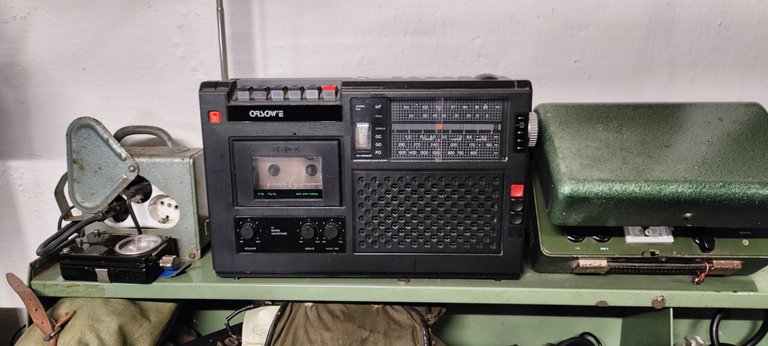 "Modern" technic
"Modern" technic
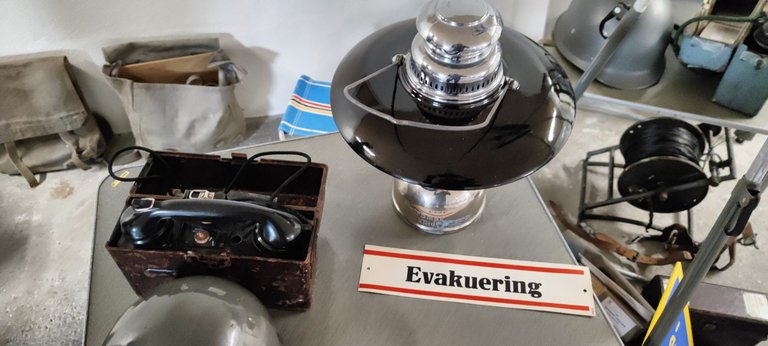 Danish preparations for the war
Danish preparations for the war
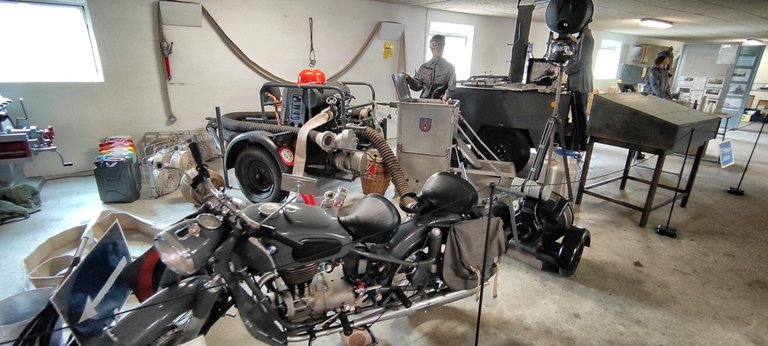
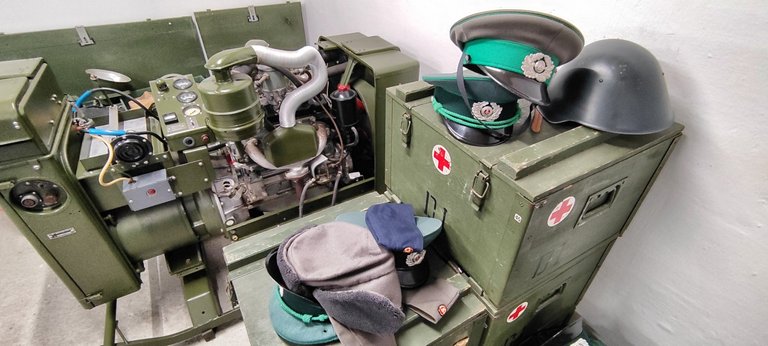
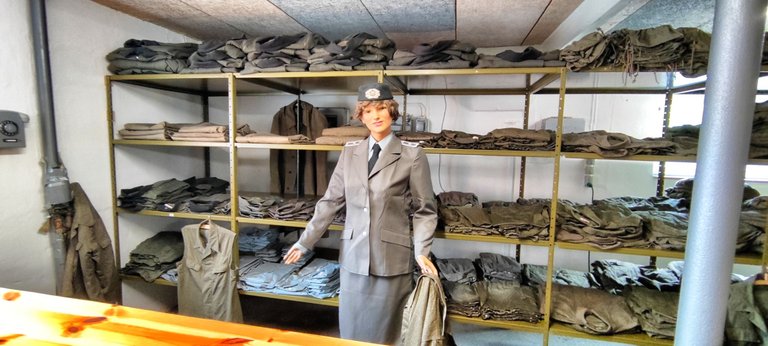

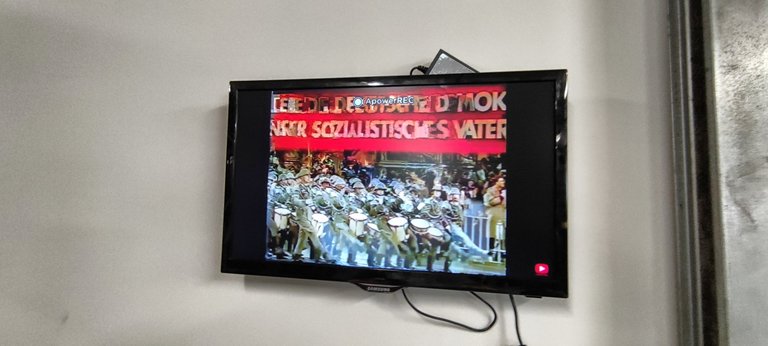
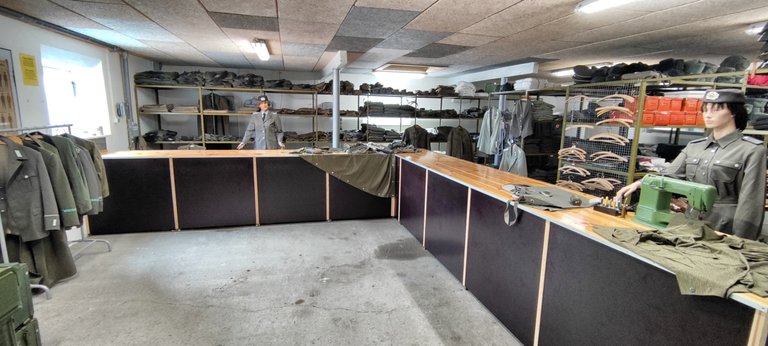



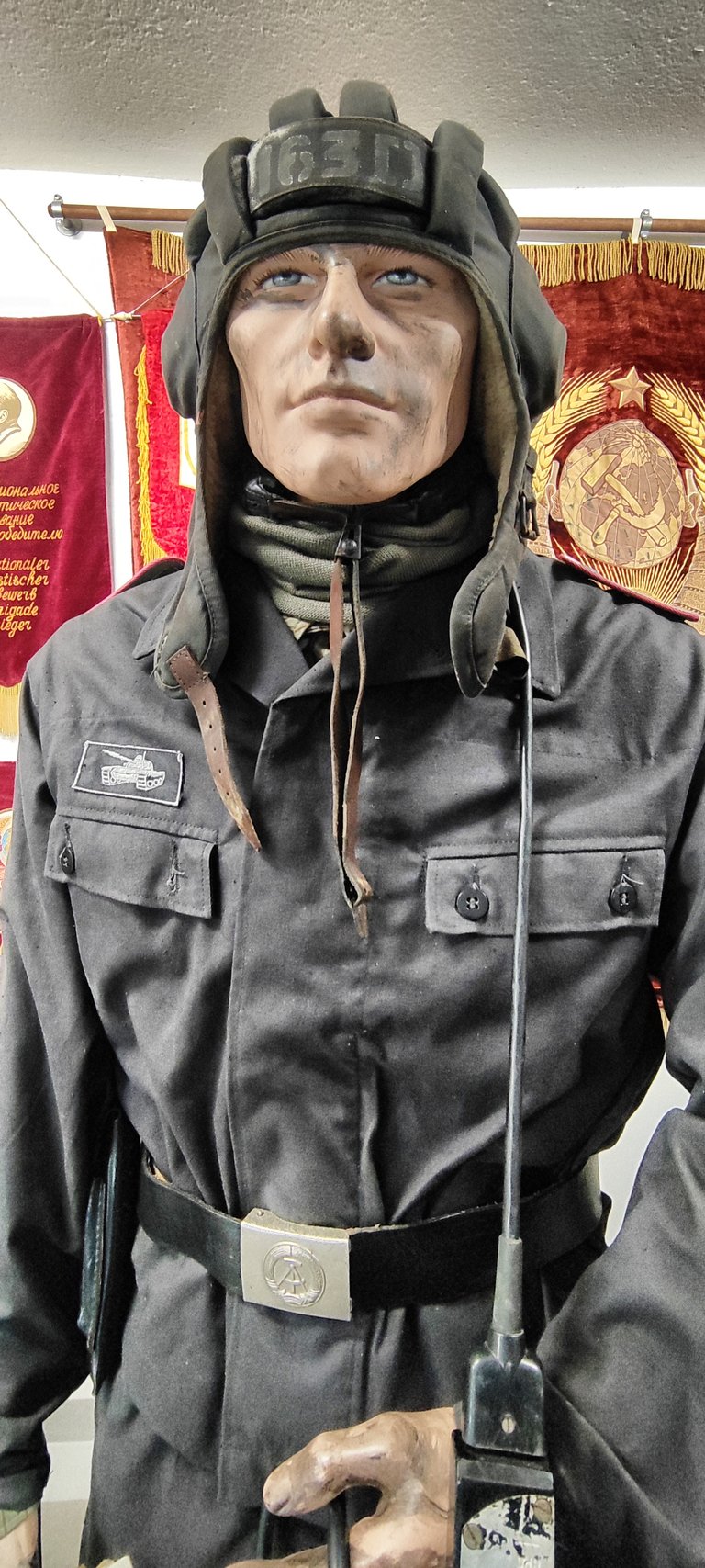
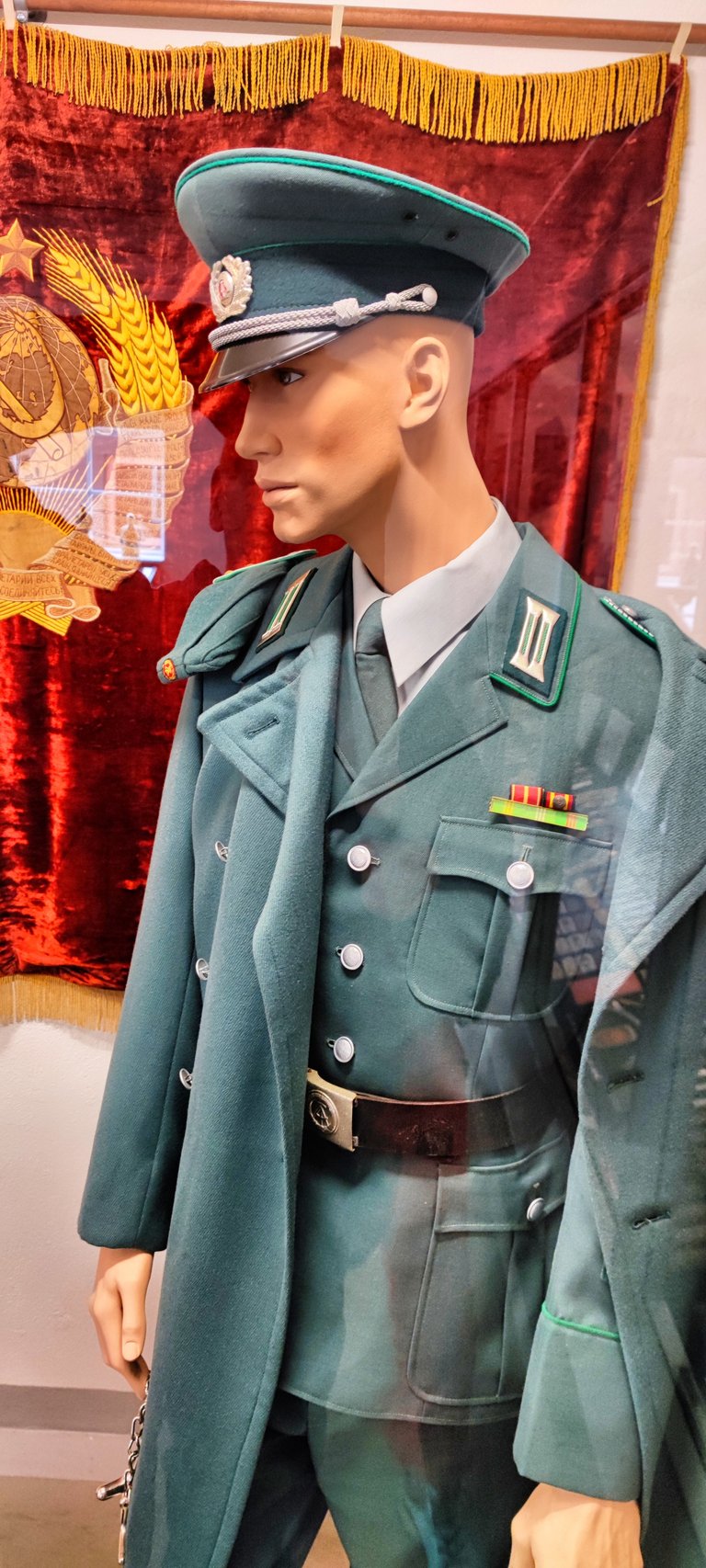


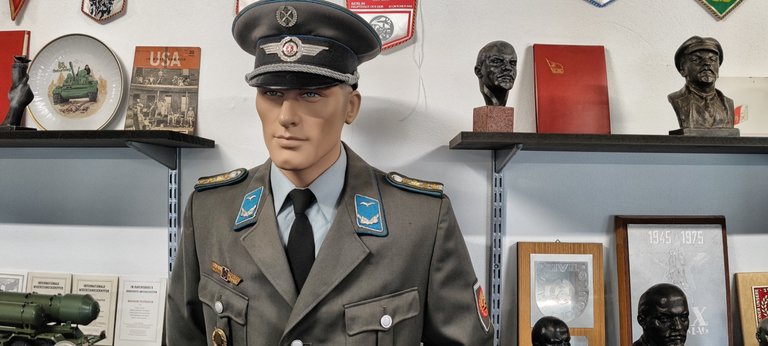
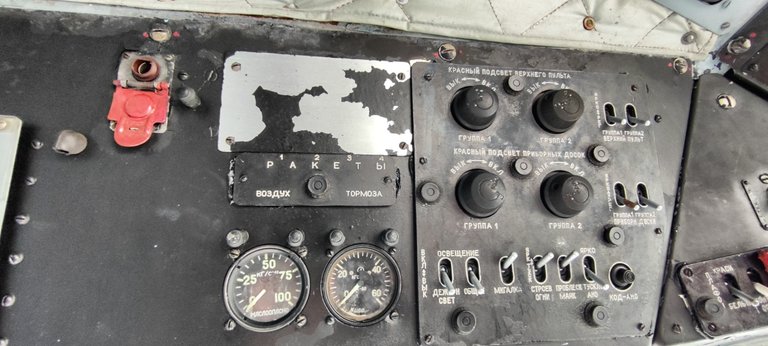
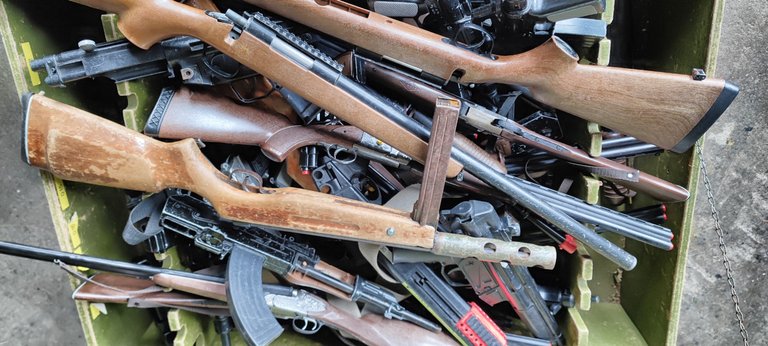
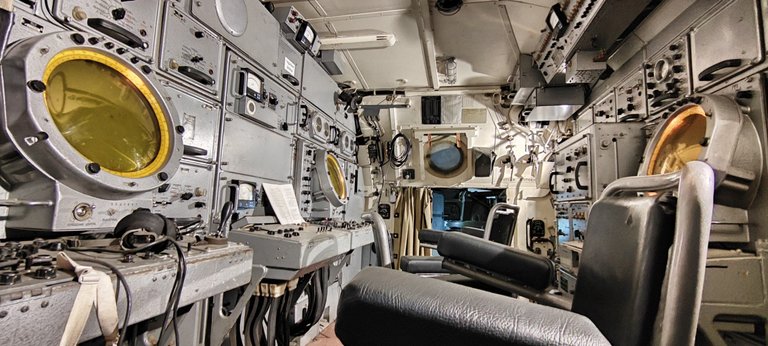
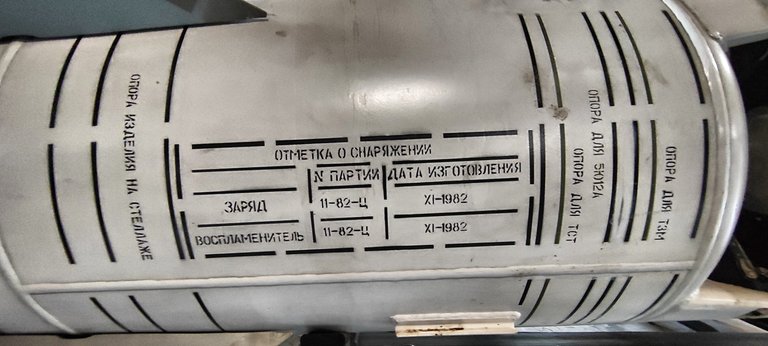

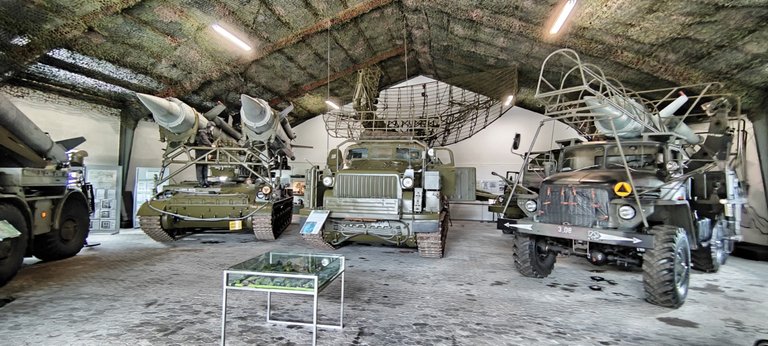
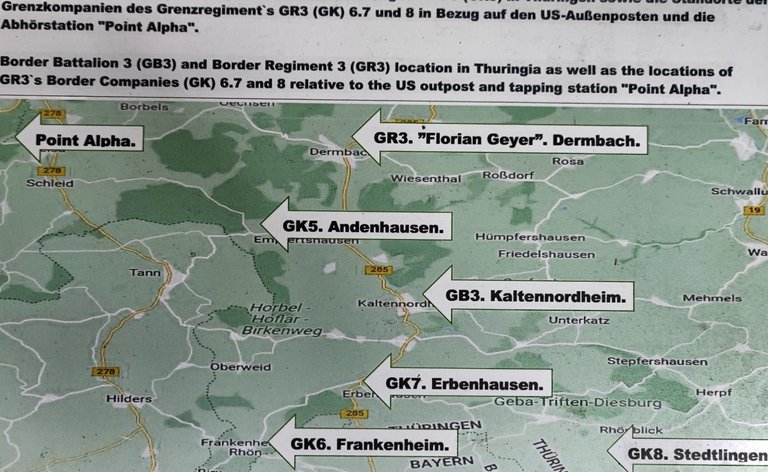
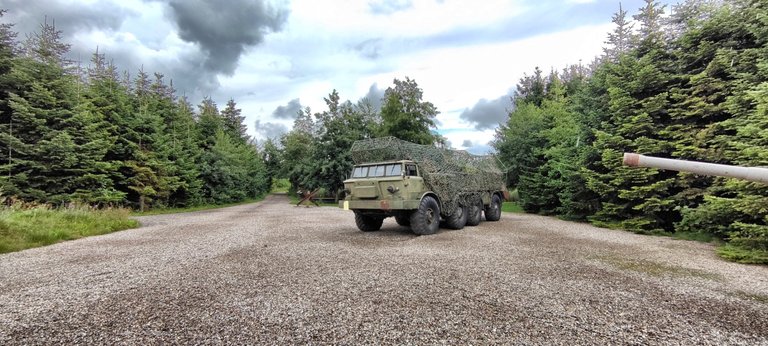

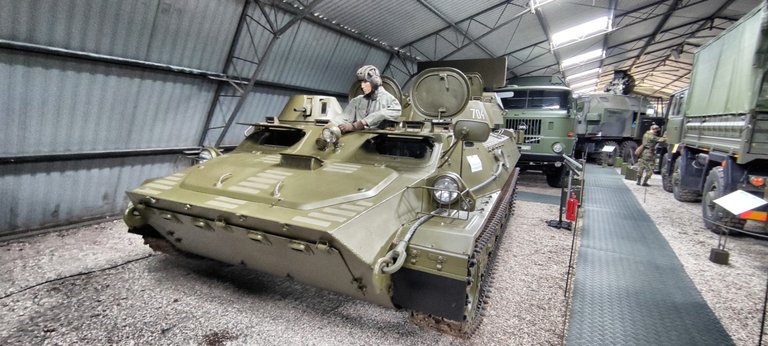
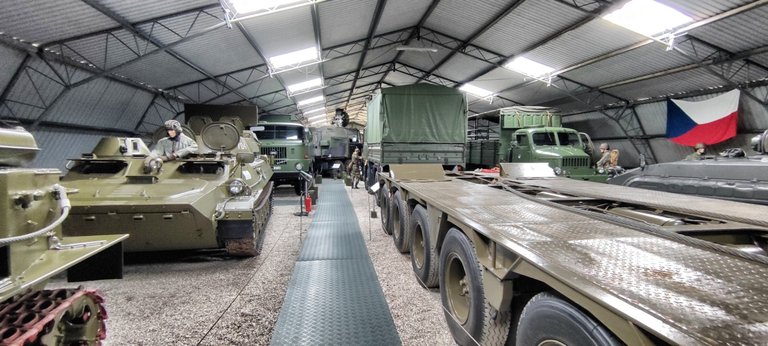

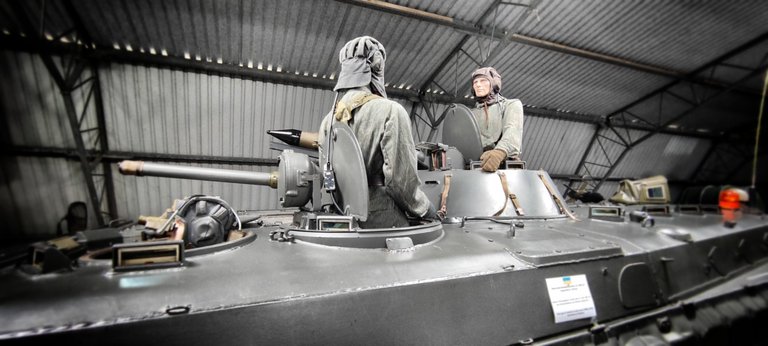
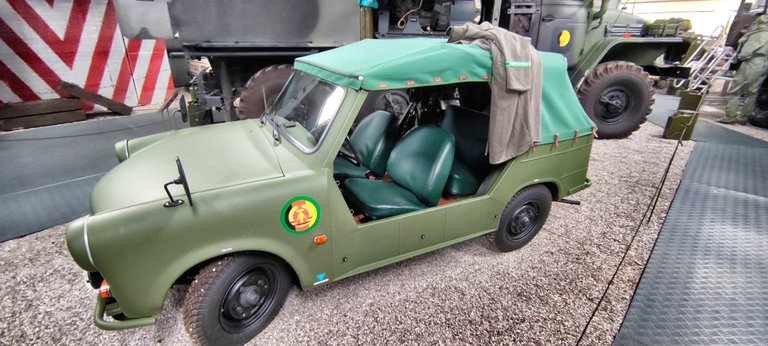
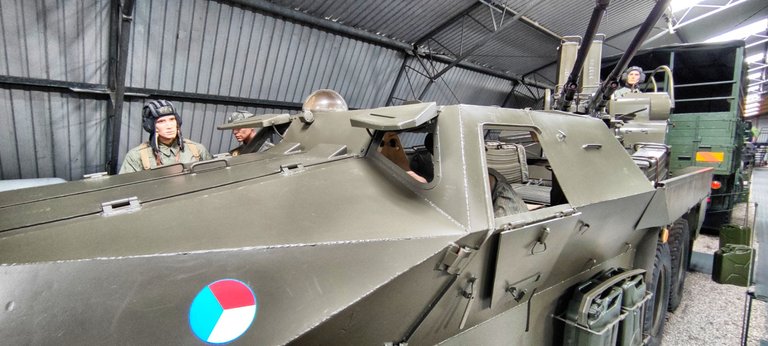
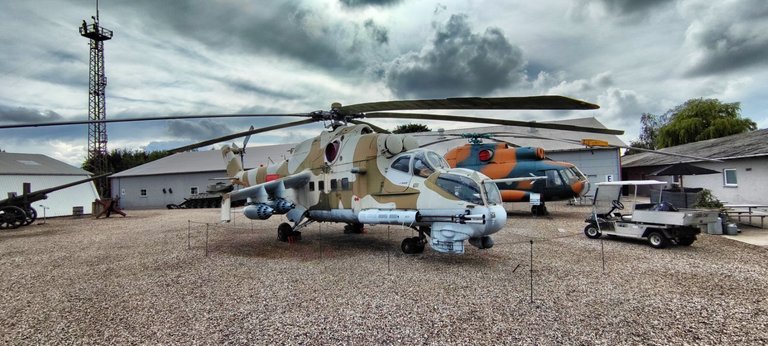
Congratulations @koenau! You received the biggest smile and some love from TravelFeed! Keep up the amazing blog. 😍 Your post was also chosen as top pick of the day and is now featured on the TravelFeed front page.
Thanks for using TravelFeed!
@for91days (TravelFeed team)
PS: Have you joined our Discord yet? This is where over 1000 members of the TravelFeed come together to chat. Join us!
Congratulations, your post has been added to the TravelFeed Map! 🎉🥳🌴
Did you know you have your own profile map?
And every post has their own map too!
Want to have your post on the map too?
- Go to TravelFeed Map
- Click the create pin button
- Drag the marker to where your post should be. Zoom in if needed or use the search bar (top right).
- Copy and paste the generated code in your post (any Hive frontend)
- Or login with Hive Keychain or Hivesigner and click "create post" to post to Hive directly from TravelFeed
- Congrats, your post is now on the map!
PS: You can import your previous Pinmapple posts to the TravelFeed map.Opt Out
Congratulations, your post has been added to WorldMapPin! 🎉
Did you know you have your own profile map?
And every post has their own map too!
Want to have your post on the map too?